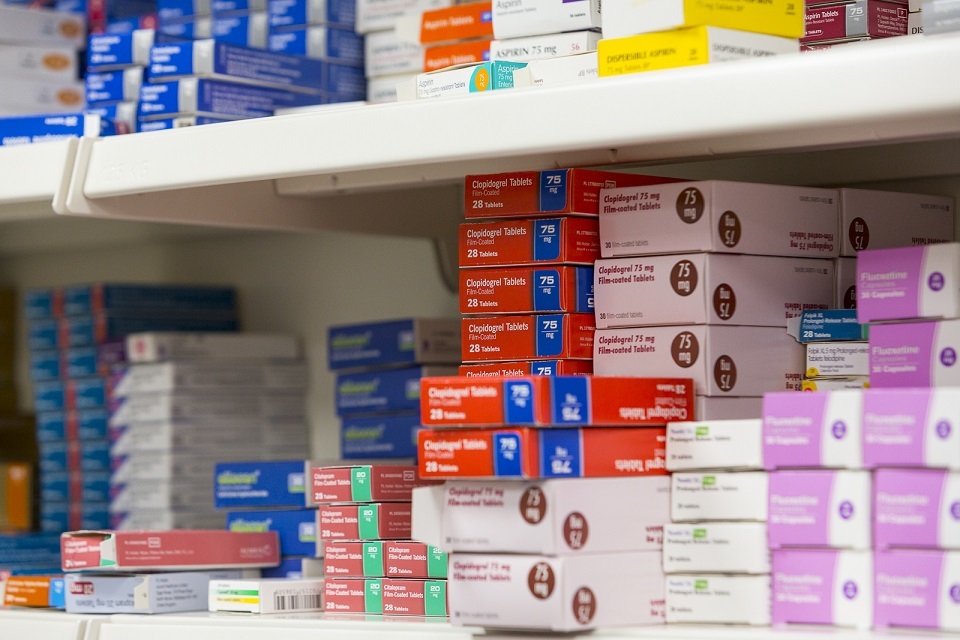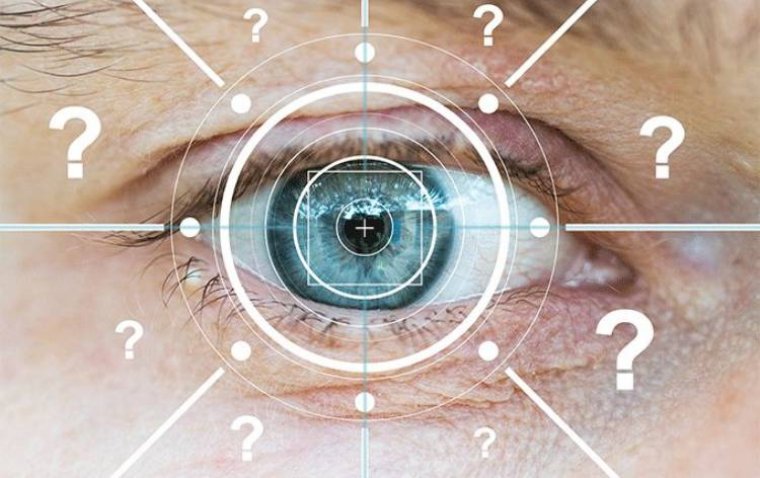A2A – Authority to administer
A2A - Authority to administer
In the past when we requested a community nurse to administer medication to a patient, the community nurse would request that we document this request on an Authority to Administer (A2A) form. The LMC and BMA have argued for some time that this is not necessary as the prescription should give instruction for how the medication is administered, and also the clinician will have documented in the medical record how the medication should be administered. The A2A form is thus duplicating work. However, the NMC states that nurses should not administer medication without written authority.
The LMC and LCHS previously worked on a solution to this impasse and developed an alternative pathway. This was not being following by some of our community colleagues, but we have reviewed this arrangement with LCHS again and have agreed it will be followed:
For non-injectable medications, such as pessaries, creams, suppositories, and dressings, LCHS policy is that an A2A is no longer required, and thus you should not be requested to complete one.
For injectable medications an A2A will not be needed if
- the prescription, and thus the label, has specific instructions e.g. administer 10-20u twice daily
- and the request to administer is documented in the medical record
- and the community nurse can see the patient's medical record
For the last condition, the patient will need to have SystemOne medical record, and a share will need to be open with LCHS. Unfortunately this will not be possible for EMIS practices.
If these conditions are not met, LCHS has requested that an A2A form is completed, and emailed to their Operations Centre.
This policy does not apply to palliative care "just in case" medications for which a gold CD1 form should still be completed.




